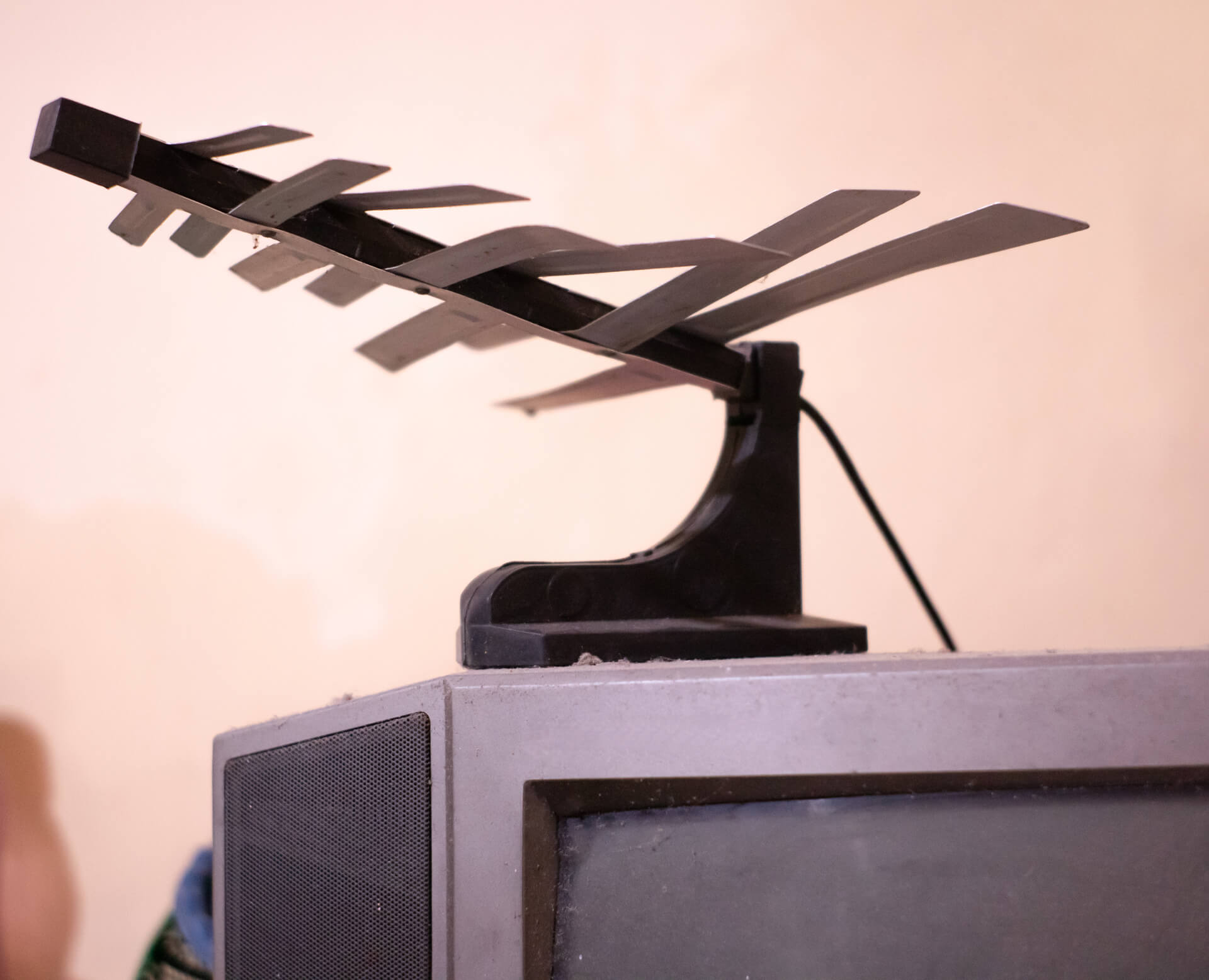In 2013, Australia was able to successfully complete the transition of all of its free-to-air television stations from analogue to digital formats. By making the switch to digital television, viewers were able to enjoy an increased number of channels along with improved image and sound quality. The changeover also brought access to an all-time high number of homes across Australia, ensuring that everyone now has the same access to TV services as those who live in big cities.
Along with the move came a significant question: is it necessary to purchase a new antenna in order to receive digital TV? Keep reading to find out.
What Is Digital Television?
The transmission of visual and audio information with digital encoding is what is meant by the term "digital TV." In comparison to analogue TV, digital TV provides viewers with a greater breadth of programming options, enhanced accessibility, and much improved picture quality. It makes it possible to broadcast in high definition, which provides resolutions that are higher than those available in standard definition. You are able to view many programmes at once on a single channel when you have digital television. For instance, you may watch one TV show on the TV wall mount of your television while concurrently recording another show.
Should You Replace Your Antenna With A Digital One?
To be able to pick up the new digital broadcast, your antennae do not need to be replaced or upgraded in any way. If your aerial is more than 15 years old, though, you should probably consider getting a new one. To start watching digital television, all you need to do is connect to your device, provided that your antenna is in excellent shape and the location in which you reside receives a strong signal.
You need an antenna, regardless of how old or modern it is, in order to get the free-to-air channels in Australia. Even if you are able to get a signal with the analogue antenna, it is quite likely that you will need to upgrade to a digital television in the near future.
The Many Benefits of Upgrading To Digital TV
The advantages of digital television over its analogue predecessors are numerous. They are as follows:
- Because they use less bandwidth, you will be able to get an increased number of channels on your television. You may be eligible to receive more than one programme at the same time in certain circumstances.
- Multimedia applications such as music streaming, video game playing, and online surfing are all accessible on modern digital TVs. This is in contrast to analogue TVs, which did not provide access to any of these features.
- Additional functions, such as subtitled language, electronic programming, and spoken languages, are available on digital televisions that were not available during the era of analogue television.
- As the digital transmission provides a high definition service, the visuals are more distinct, powerful, and crisp.
- Analogue TV sets cannot interpret digital signals. On the other hand, the vast majority of brand-new televisions, whether they be LED, LCD, or plasma, include HD digital tuners. At the moment, every new television set is properly branded to show either HD or HDTV. Other advantages of owning a digital TV include the following:
- The TV reception is better.
- The overall image quality is quite high.
- They provide access to a wide variety of channels.
- Digital radio features are also present.
- High-quality sound in digital stereo.
Different Types Of Digital Antennas
- Indoor antennas
- Outdoor antennas
- Outdoor antennas
Even though installing an indoor antenna is one of the simplest forms of antenna installation, its performance is not usually very good due to the poor quality of the signal it receives. If you live in an area where the TV signals are strong, you may be able to get by with an indoor antenna; however, if the antenna is not functioning very well, you can try positioning it closer to a window or in a higher location. If you do not live in an area where the TV signals are strong, you will need an outdoor antenna.
The most common kind of digital television antenna is an outdoor antenna, which also happens to have a signal that is noticeably stronger than that of an interior antenna. Before making a decision, it is important to do some study because both options have positives and negatives. Although the transmissions from the Log periodic antennas are weaker than those from the Yagi, they do offer more channels.
The roof is the typical location for the installation of a loft antenna. They operate better in terms of signal than both indoor and outdoor antennas, however, their installation is more complicated, and it is recommended that you receive assistance from a specialist in order to do it successfully.
There is a wide range of sizes and configurations available for antennas. In the world of antennas, there is no such thing as a universal standard. The placement of an antenna outdoors provides the finest signal quality, although direct antennas can also be mounted indoors or in the rafters of a roof. The finest installation will be straightforward and uncomplicated.
It is possible that you will want an amplifier to compensate for the weakening of the signal if you continue to split it by connecting additional televisions to your network. In most cases, the signal strength is greatest at the farthest point from the entrance to the room or roof.
Always be sure to choose a professional TV antenna installer so that they can guide you through the process of selecting the ideal TV antenna for your needs and ensuring that it is installed correctly so that you receive a robust signal.










 Erika Rhein, the contributing author and the professional blogger by profession. With years of experience, I now focus on writing blogs on varied niches. Being a research enthusiast, I like to provide my readers with the useful and informative articles on the different topics they are looking for. I aim to create a difference through my writing.
Erika Rhein, the contributing author and the professional blogger by profession. With years of experience, I now focus on writing blogs on varied niches. Being a research enthusiast, I like to provide my readers with the useful and informative articles on the different topics they are looking for. I aim to create a difference through my writing.
0 Comments